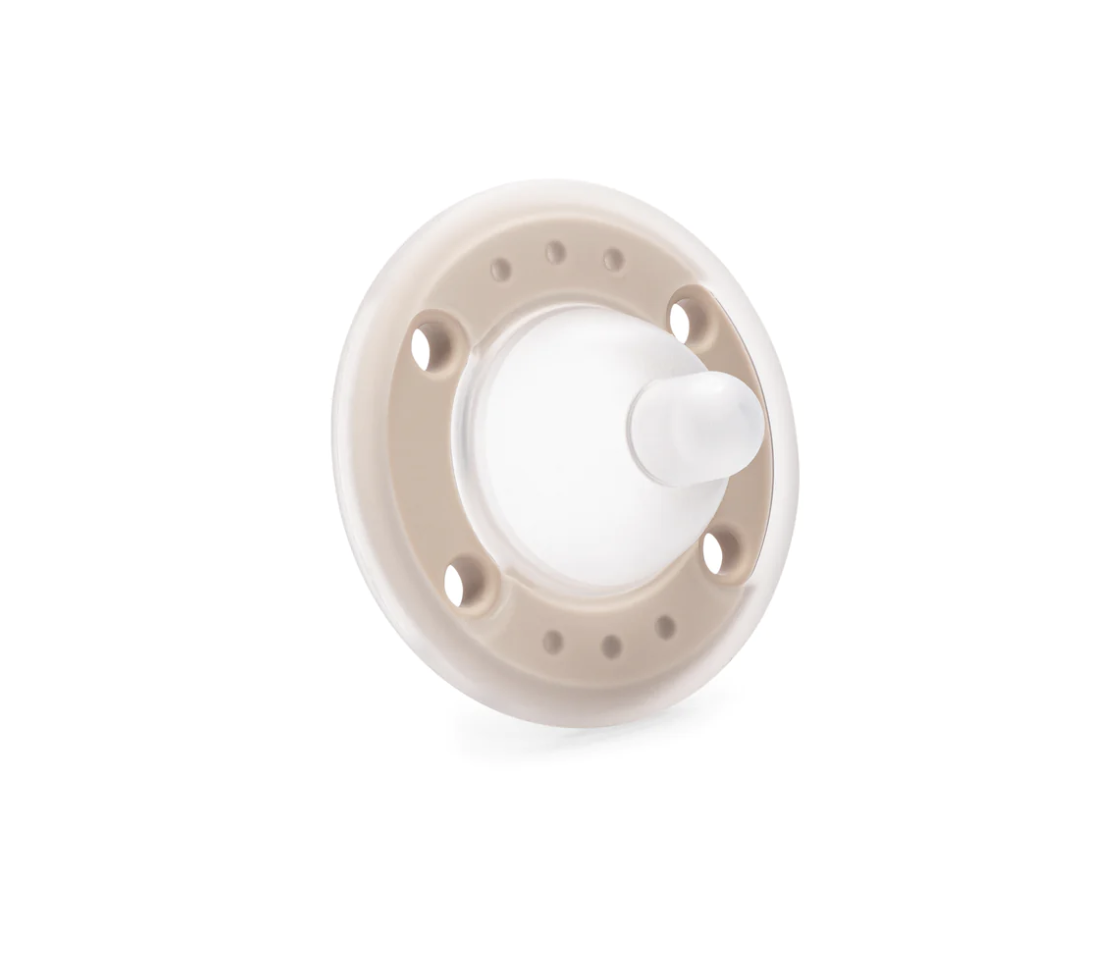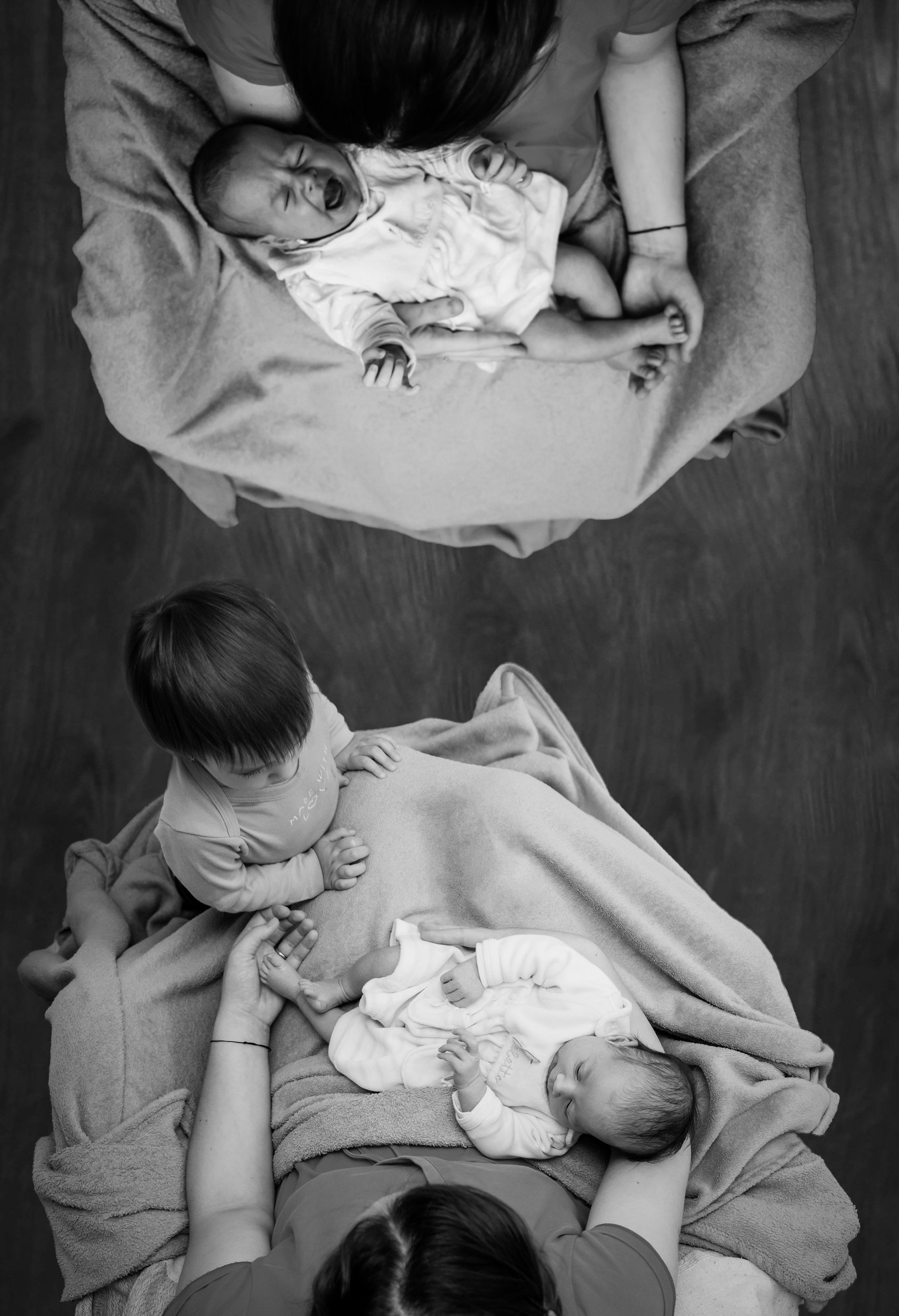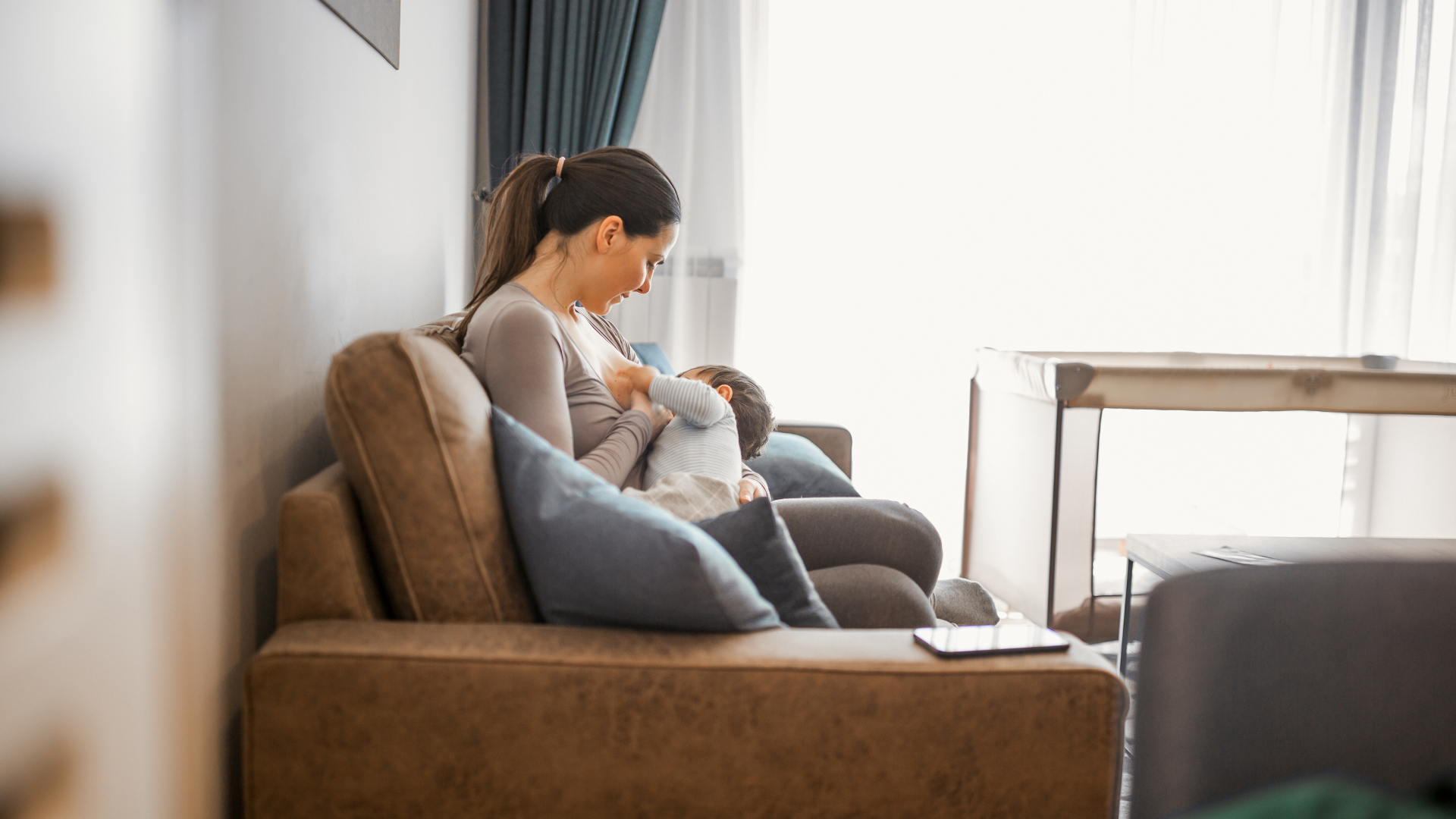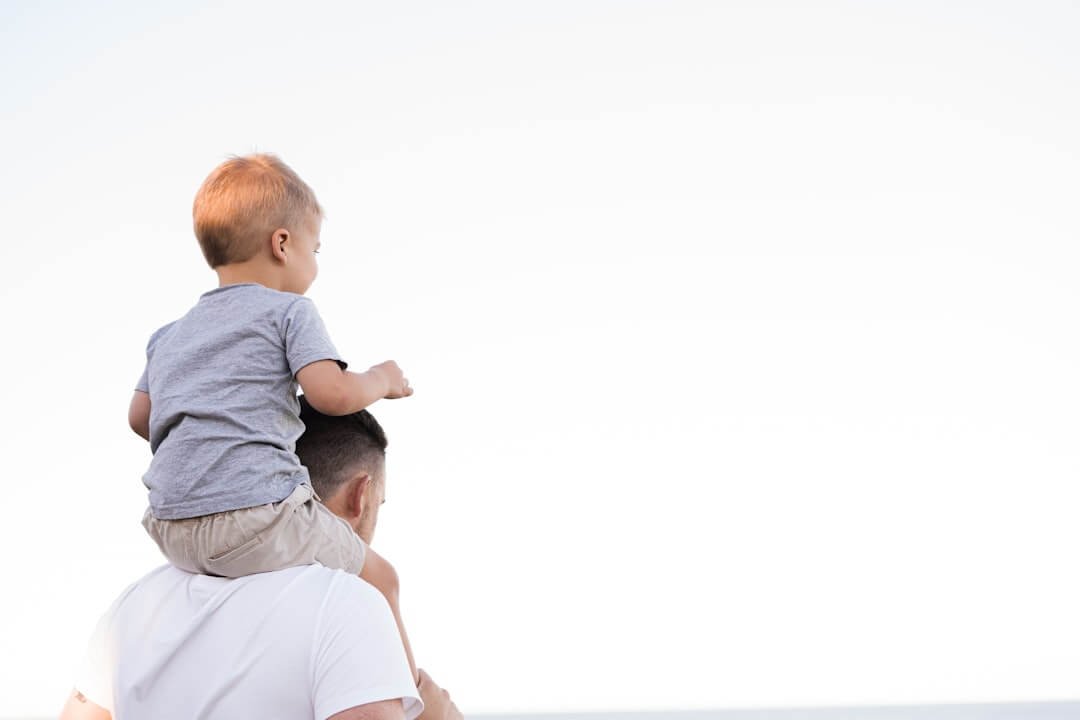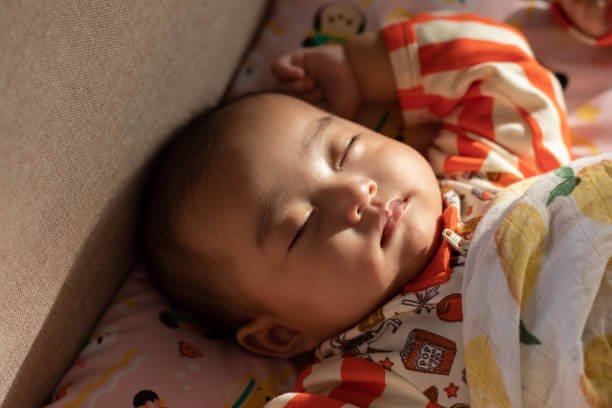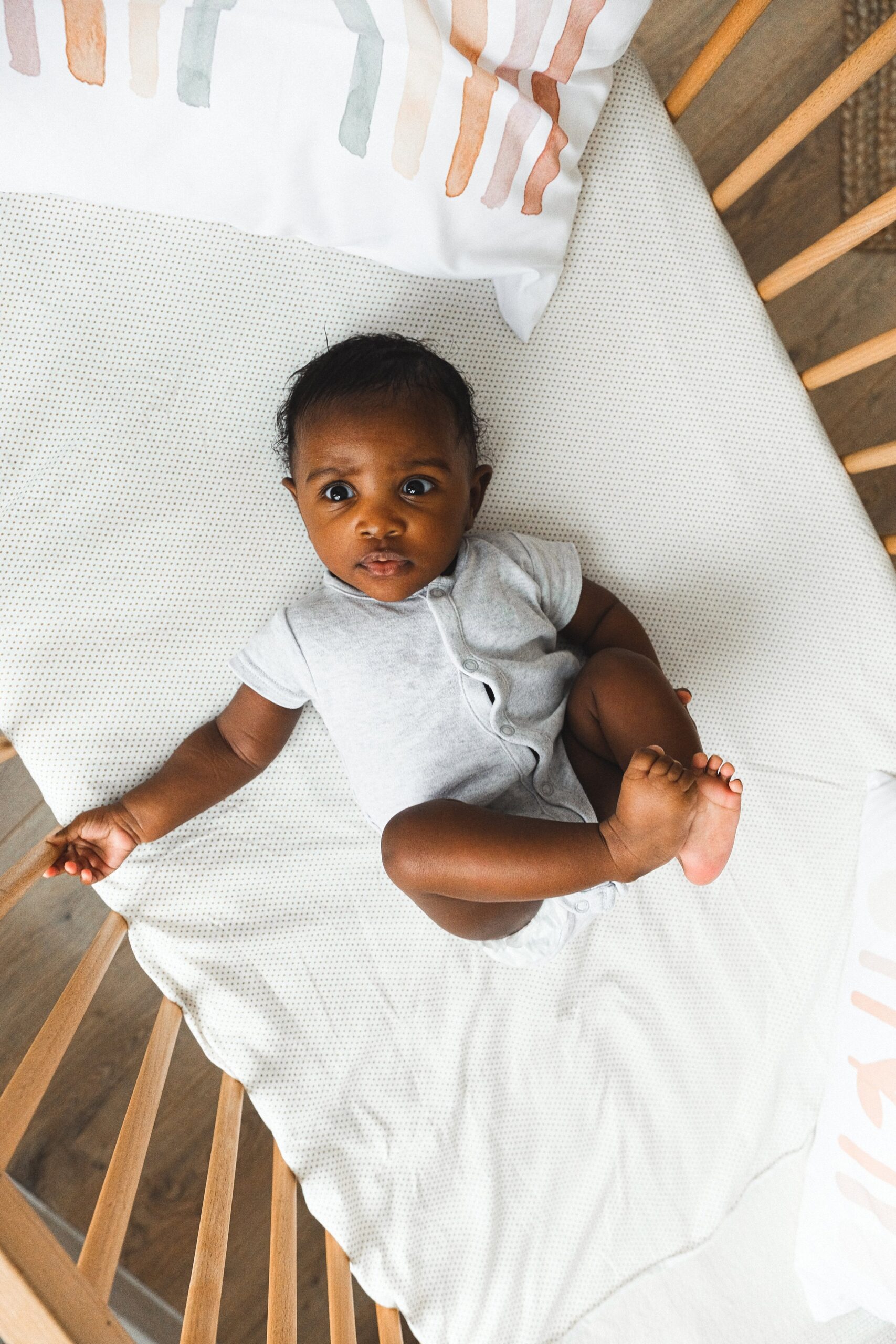I'm Rachael
Mom of 3 & Baby Sleep Expert with Big Sis Energy
& I’VE DONE ALL THE RESEARCH FOR YOU ALREADY.
Better sleep for the entire family
BROWSE COURSES
hey!
Pacifiers for babies: Helpful tool or Baby No-No? what are the pros and cons for babies using pacifiers?
June 27, 2021
in this post (contains affiliate links):
There’s nothing “wrong” with a pacifier in my opinion. It provides one of the best forms of sensory input and soothing mechanisms for a baby: sucking! Many lactation experts will say that it’s best to wait until breastfeeding has been well established until introducing a pacifier, which can be up to 3-6 weeks, so always follow the advice of the Lactation Consultant you’re working with before introducing. Others will say it’s fine to introduce earlier.
Although pacifiers are kind of a polarizing topic (really), I think we all just do what works best for us. My son used a pacifier pretty much from day 1 (thanks, Mom) even though I never thought I’d want him to have one. My daughter just never wanted one, even though we tried offering! Honestly now that I’ve had one of each- I kind of loved the pacifier. It was such a nice soothing tool for sleep! That being said, since my daughter has never seemed into them, I’ve never forced it, and I don’t stress about the fact that she won’t take one. Not the end of the world.
When it comes to pacifiers, not all babies are into them – some just don’t plain like them. But for the babies that do… they have a serious relationship with their pacifier. I would know — my son used to sleep with THREE of them. Weaning him off those pacifiers was a long time coming, and I’ll be honest – I was really emotional about it!
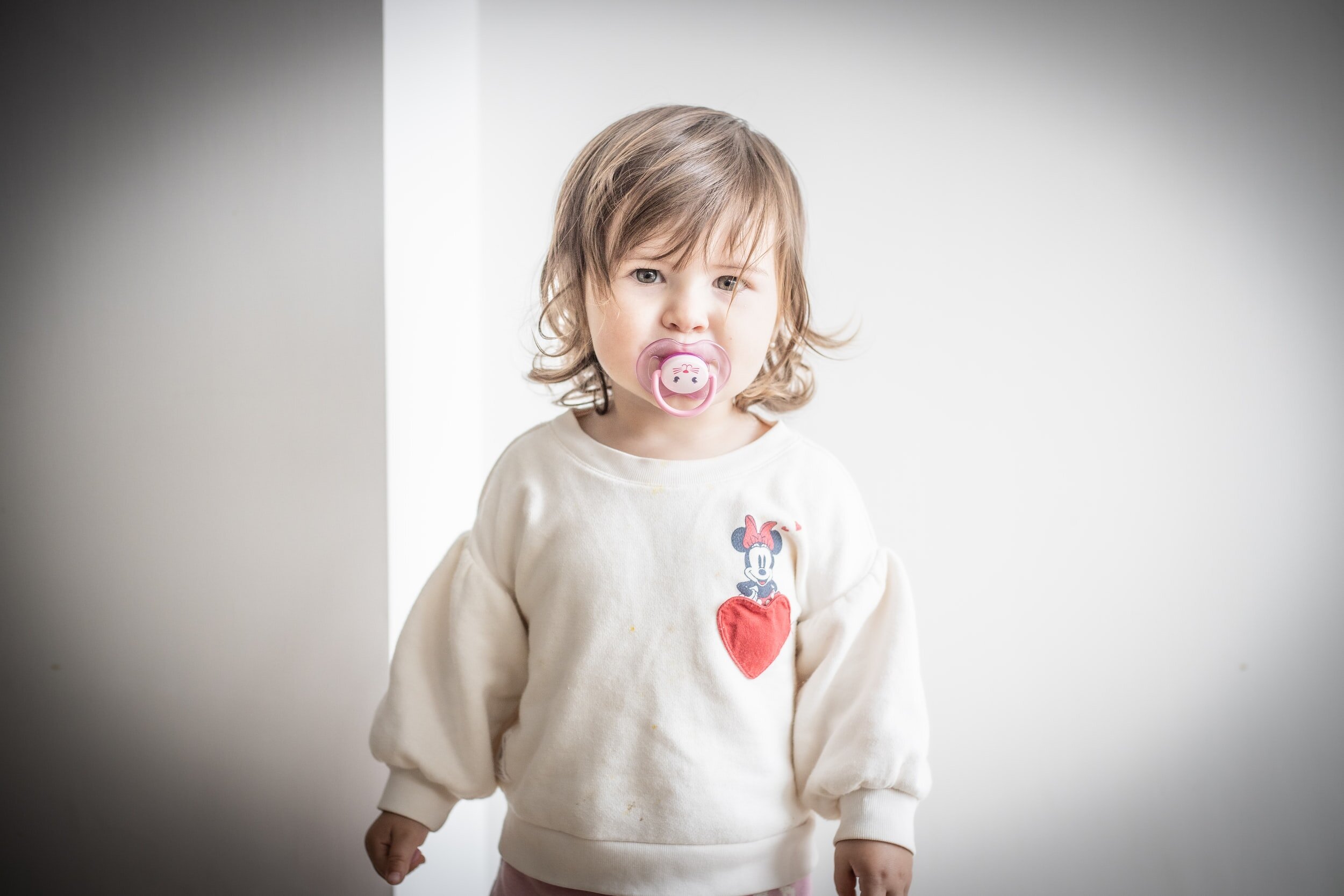
Before I get into what worked for my family, here’s a little info all about pacifiers. As always, your family’s health team — lactation coach, pediatrician, pediatric dentists — can help you make decisions that work best for your family.
The Benefits of Using Pacifiers
Self-Regulation Tool
Pacifiers provide comfort for many babies. Pacifiers are great for encouraging sleep, partly because they are a great tool for self-regulation. This can be really helpful in instances when you’re not physically around for comfort (for example, if you use a caregiver or daycare) or you’re otherwise unavailable (driving, out running errands, etc.). Baby may also be able to use a pacifier to soothe themselves between sleep cycles.
Reduces SIDS risk
There have been a number of studies (in fact, you can read a summary of many of those the studies here!) that point to pacifiers helping reduce the risk of SIDS when those pacifiers are used specifically during sleep times. The research suggests that the benefits of pacifiers (a reduced risk of SIDS) outweighs any potential drawbacks associated with pacifiers, especially in the first few months of life.
If you do opt for pacifier use with your baby, be sure you get one that will be conducive to the breastfeeding relationship and your child’s oral/ dental health. Look for pacifiers that are soft, with a cylindrical shape, with nothing attached to them. The Avent Soothie and Ninni are my favorites.
The Drawbacks of Using Pacifiers
Dental issues
According to the American Academy of Pediatric Dentistry, sucking on fingers and objects (like a pacifier) is totally normal for children. However, when children continue those sucking habits (thumbs and pacifiers) beyond a certain age, typically when they’re 2+ years old, it can cause dental damage and shift a child’s natural bite and jawbone structure which can have various effects, like impacting nasal breathing. If you’re worried about your baby’s dental health, always consult with your family’s pediatric dentist.
Breastfeeding issues
For some families, pacifier use can cause parents to miss the natural hunger cues of their infant, especially in the newborn stage. Missing feedings can lead to poor weight gain plus issues like clogged ducts, mastitis etc. For some babies, using a pacifier can create confusion and make breastfeeding more challenging, or just less interesting to them. This is why doctors usually recommend waiting until you’ve made breastfeeding a habit (a month at least) before introducing pacifiers. If your baby is showing signs of nipple confusion, a lactation consultant working one on one with you can be a great resource.
Ear infections
Research has shown that continuous use of a pacifier (not just during sleep times) can increase a child’s chance of developing ear infections. Even just limiting the pacifier’s use (nap time only, or sleep time only) can help reduce the risk of these ear infections. Always consult with your family’s pediatrician if you are concerned!
How to Gradually Wean Your Child Off Their Pacifier
The “ideal” age for weaning from a pacifier is by around 6 months of age. If it’s too late for you to do that, then the next-best time according to the AAP is between 2-4 years. There are a few ways you can go about ditching the pacifier. If you don’t want to go cold-turkey, you can opt for a more gradual weaning method.
-
Eliminate the pacifier during wake time. That means no more pacifiers out and about, or when they’re riding in the car, awake. Pacifiers are now nap time and bedtime only comforts.
-
Limit their use to nap + bedtime, only when they’re in their bed: Only give them the pacifier when it’s time to nap or it’s bedtime, in their crib. Create an association between their crib and the pacifier.
-
Limit pacifiers to bedtime only: Take away the pacifier for naps, but allow it during nighttime. If this is tough, you can try sneaking it out of their mouth once they’re asleep during naps.
-
Remove the pacifier at nighttime (fully remove the pacifier): Once you’ve gone through the above stages, it’s time to fully remove the pacifier! This might need to happen gradually, or if your child can handle a quick removal, you can try tackling one of the strategies below.
other Ideas for Eliminating the Pacifier
When you’re trying to wean your child from their pacifier, it’s important to be considerate of their emotional state. You wouldn’t want to alarm them (by nixing it without any warning), or shame them for wanting to use something that has soothed them in the past.
-
Make the pacifier less desirable: You could also consider weaning systems on the market, like from Baby Frida. This way baby can still access it and no one is taking it away — they just can’t really suck it anymore.
-
Consider a Binky Fairy or a Pacifier Truck: There are a bunch of books available that turn weaning into a ritual, similar to the tooth fairy. Your child places their pacifier in a determined location, says goodbye to it, and it is replaced with a present the next day.
-
Build-a-Bear: If you bring your child’s pacifier to build a bear, you can actually place the pacifiers inside of a stuffed animal that the child chooses! This way they still have it, but it’s replaced with a stuffed animal they can now sleep with.
-
Pacifier Present: Give the pacifier to a new baby, hospital, doctor’s office, etc. You can tell your child that the hospital, a doctor’s office, or a friend is collecting pacifiers for a new baby. Note: it’s important to not push any shame around using the pacifier (for example: “You’re a big boy, you shouldn’t use one. Those are only for babies.”), but many children are really into this idea and love giving their pacifier to a new baby.
-
Ceremony or Ritual: A balloon release or burying the pacifier are a few ways to create a little ceremony or ritual to say goodbye to the pacifier and have a big celebration afterwards with your child.
-
Books/Shows: I loved this Sesame Street episode about getting rid of pacifiers and there are a ton of books about getting rid of pacifiers!
our experience eliminating the pacifier
I was full of emotion when it came to weaning my son off his pacifier — I felt so bad! He’d been attached to his binky since birth. But having gone through this process, I promise it’ll hurt you more than it’ll hurt your child!
A few things that helped with weaning from “Binky”
-
He also has a lovey. His lovey is a stuffed lamb, and he is 100x more attached to that than the binky.
-
His pacifier was attached to an animal. When we got rid of the pacifier part, he could still have the animal – he’s not stuck without both. Eventually, he’ll likely lose interest in the animal.
-
I started reducing the pacifier early: I started only allowing the binky at sleep times several months ago, so he stopped asking for it during the day. It was a nice, gradual way to phase it out.
We choose to go with making the pacifier less desirable, because it felt like natural thing to happen. Things break all the time, and it’s just a natural way of life. (And in fact, his pacifiers actually break pretty regularly.) I also tried to float the idea of a binky fairy, or a binky truck, but he was not into it.
When I finally snipped the pacifier, there were a few tears, and an “Oh no, mama!” (This made me want to die!) He talked about how we could fix it. We supported his emotions, saying things like, “Aw that’s such a bummer, I get sad when my things break too. Sorry, buddy!” And we assured him he could still sleep with it, which was good enough for him! He complained but went to bed totally fine, with no drama.
Going into this, I was really nervous that it might cause him to stop napping. What I found was that he takes a little longer to fall asleep at naptime, but he’s still sleeping. Even better, his teeth have moved down already, AND he hasn’t missed it at all. This feels like a total success!
Check out my highlight on Instagram has even more ideas for how you can go about this transition!
Featured
Responsive sleep tips and support for parents of multiples or twins.
What are floor beds? When to use them? And How to use them?
Before you start changing anything it’s important that you have ruled out any underlying reasons why your infant might have such a strong link to staying latched.
binge reads
We think you'll love these
You deserve to the
baby stage, not just "survive it."
And you DON'T have to sacrifice your values, ignore your instincts, or force yourself to follow a method you don't align with just to get your baby back to sleep.
I’m here to help you create a restful, sustainable sleep environment that honors both your baby’s needs AND your own (without the stress OR the guilt!) because, no, you don’t have to choose between the two.
enjoy!
BABY SLEEP COURSES →
BABY SLEEP CONSULTS →
Wish you could help your baby sleep better without resorting to sleep training? Download my FREE guide to a good night’s sleep and learn 8 simple, science-backed tips for supporting your child’s needs.
Traditional sleep training methods don’t have to be your solution to better sleep.
SLEEP TRAINING ISN’T THE ONLY WAY TO GET GOOD SLEEP
Hey, I'm Rachael and Hey, Sleepy Baby is for parents who want to get their nights back, without sleep training their babies.
NO ONE TOLD US POD
explorING the untold truths of parenting

